Reader Tran Thu Anh sent a question to the Neurosurgery - Spine section: “Every day I run about 5km. In recent days, my right ankle suddenly ached when I ran. I run at a moderate pace, but I don’t understand why it hurts. I run about 6 days a week, I hope the doctor can advise me.”
Answering the above question, Dr. Huynh Dang Thanh Son - Deputy Head of Orthopedic Trauma Department, Nam Sai Gon International General Hospital said that ankle pain when running is a common condition, especially in people who exercise at high intensity or do not warm up properly. If the cause is detected early and treated properly, runners can completely prevent serious injuries and maintain long-term sports habits.
Causes of ankle pain when running
Ankle pain while running can come from many causes, including:
Overuse injuries: High-intensity, continuous running without adequate rest can irritate the Achilles tendon, posterior tibialis muscle, or ankle ligaments, leading to inflammation or microtrauma.
Poor running form: Landing too heavily on the heel or toe, uneven stride, or running on hard surfaces (concrete) increases pressure on the ankles.
Inappropriate shoes: Running shoes that lack elasticity, do not hug the foot, or have worn soles reduce the ability to absorb force, causing soft tissue damage.
Underlying conditions: Ankle arthritis, osteoarthritis, or foot misalignment (flat feet, high arches) can cause pain with regular running.
Mild or recurrent sprain: If you've twisted your ankle before, the ligament may be weak and susceptible to re-injury while running.
Dr. Huynh Dang Thanh Son, MD, said: “With a running frequency of 5km, 6 days/week, your ankle pain is more likely due to overload than sprain, especially when you do not have a direct injury. To determine clearly, you need to see a specialist and possibly have an MRI or soft tissue ultrasound.”

A specialist examination helps determine whether ankle pain is due to a sprain or other cause (Photo: BVCC).
Additionally, the doctor also pointed out the difference between acute sprains and sports injuries due to overuse.
Acute sprain: Occurs when the ankle is suddenly twisted or turned (e.g., tripped or landed wrong while running), causing damage to the ligament. Symptoms include immediate sharp pain, swelling, bruising, and sometimes difficulty standing or walking. Sprains are often related to a specific injury, e.g., twisting the ankle on rough terrain.
Overuse Injury: This is cumulative damage from repetitive movement, such as running 5km every day, 6 days a week as you describe. The constant pressure on the muscles, tendons, or ligaments around the ankle causes Achilles tendinitis, bursitis, or soft tissue microtrauma. Symptoms are usually a dull ache that increases with each run, and may be accompanied by mild swelling but not as obvious as a sprain.
If ankle pain lasts for more than a few days despite rest, or recurs every time you run, you should see an Orthopedic specialist. Signs to watch for include: Dull or throbbing pain, increased when running, standing for long periods, or in the evening; mild swelling, a feeling of heat, or bruising around the ankle; limited ankle rotation or a feeling of instability when walking; pain that does not improve after 3-5 days of rest and cold compresses.
Dr. Son advises: “Do not take pain lightly, especially when you run regularly. Diagnostic imaging such as soft tissue ultrasound or MRI can detect tendonitis, ligament tears, or joint damage that cannot be seen on X-rays. Up to now, Saigon South International General Hospital has received many cases of serious injuries from ligament injuries to fractures due to strenuous exercise.”

Landing on the mid-foot, keeping a steady rhythm, and prioritizing running on soft surfaces such as dirt roads or grass will help reduce pain and protect your ankles (Illustration: UNM).
How to care for and prevent ankle pain after running
To reduce pain and protect the ankle, the following measures should be taken:
Proper rest: Reduce running frequency to 3-4 days/week, alternating with low-impact exercises such as swimming, cycling, or yoga to give your ankles time to recover.
Cold compress: Apply a cold compress for 15-20 minutes, 2-3 times/day for the first 48-72 hours to reduce swelling and pain.
Compression bandage or splint: Use an elastic bandage or ankle brace to provide support and reduce pressure on soft tissues when running or walking.
Prescribed medication: Use pain relievers or anti-inflammatory drugs as directed by your doctor. Avoid using drugs containing corticosteroids on your own.
Physical therapy: Participate in exercises to strengthen the posterior tibialis, lower leg muscles, and improve ankle flexibility, under the guidance of a specialist.
Choose the right shoes: Use specialized running shoes with good cushioning, hugging your feet, and replace shoes after 500-800km of use to ensure foot safety.
Adjust your running posture: Land on the mid-foot, keep a steady rhythm, and prioritize running on soft surfaces such as dirt roads or grass.
Nutritional support: Supplement foods rich in calcium (milk, salmon), vitamin D (sunbathing), and protein (lean meat, beans) to strengthen musculoskeletal health.
Source: https://dantri.com.vn/suc-khoe/dau-co-chan-khi-chay-bo-co-phai-do-bong-gan-20251010151146526.htm



![[Photo] Discover unique experiences at the first World Cultural Festival](https://vphoto.vietnam.vn/thumb/1200x675/vietnam/resource/IMAGE/2025/10/11/1760198064937_le-hoi-van-hoa-4199-3623-jpg.webp)








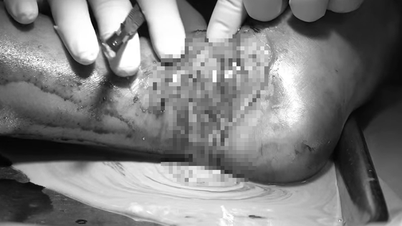


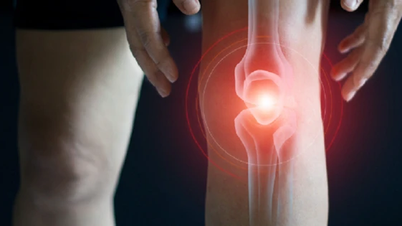












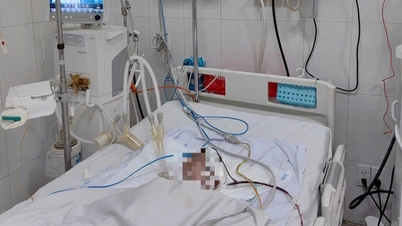



![[Photo] General Secretary attends the parade to celebrate the 80th anniversary of the founding of the Korean Workers' Party](https://vphoto.vietnam.vn/thumb/1200x675/vietnam/resource/IMAGE/2025/10/11/1760150039564_vna-potal-tong-bi-thu-du-le-duyet-binh-ky-niem-80-nam-thanh-lap-dang-lao-dong-trieu-tien-8331994-jpg.webp)


































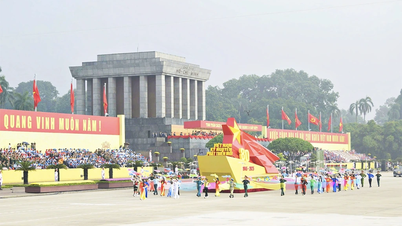












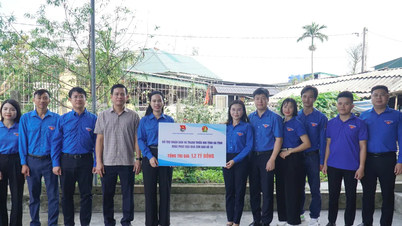





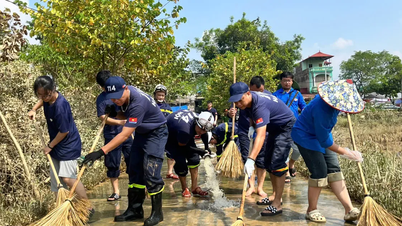


















Comment (0)